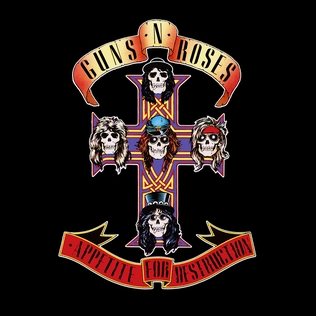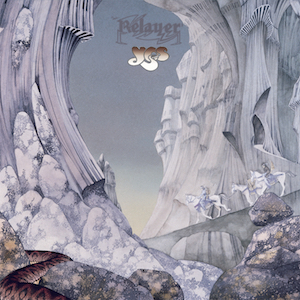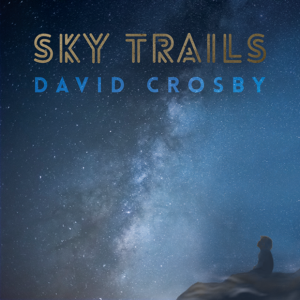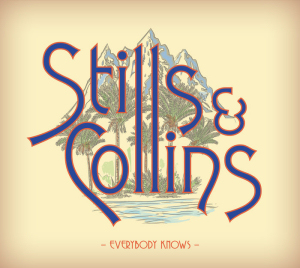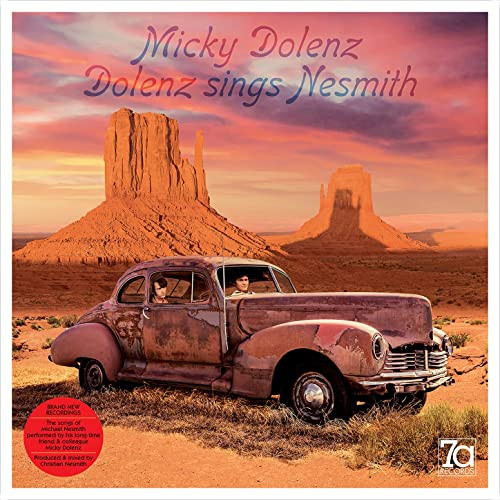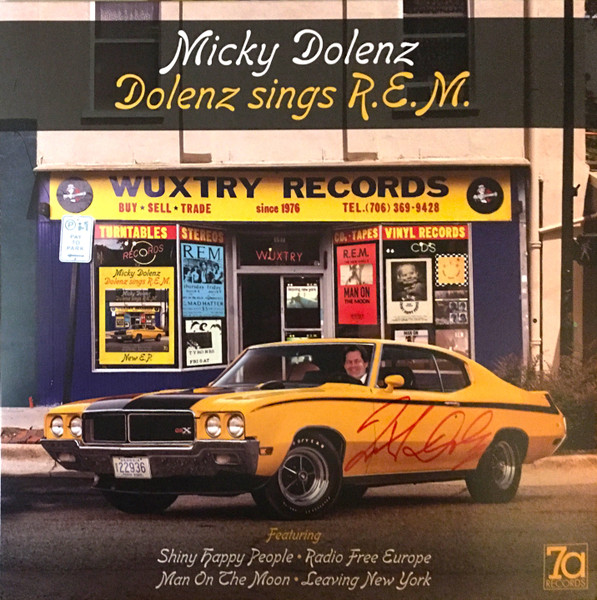Because MTV’s rotation model relied on oversaturation, those of us who weren’t connoisseurs quickly came to hate most of the hair metal bands, starting with Poison and Bon Jovi, but there was definitely something about those Guns N’ Roses guys. For one, although they had teased hair and tattoos and played loud, it seemed like they were cut more from the Aerosmith cloth than Mötley Crüe or even Van Halen. Their music was more intricate than the usual power chords, and the lead guitarist was skilled but not strictly a pyrotechnic shredder. Going by the non de plume of Slash, it was apt. His top hat and curls made a good counterpart for the banshee of a lead vocalist, who called himself W. Axl Rose, soon to be familiar solely by the singular Axl. The other guitarist, Izzy Stradlin, usually looked like he couldn’t decide if he was Mick or Keith, bass player Duff McKagan resembled a doughier male version of Kelly Bundy, and drummer Steven Adler sat at the back but swung a lot more than he got credit for.
Appetite For Destruction shows much of their musical breadth, beginning with the undeniable swagger of “Welcome To The Jungle”, the first single and soon-to-be inescapable video. After a lot of yowling, Axl works on his lower range for “It’s So Easy”, but storms through the Def Leppard interlude for a profane kiss-off. “Nightrain” loads up the riffs and solos for a toe-tappin’ ode to drinkin’. “Out Ta Get Me” isn’t much more than a riff and a hook to hang F-bombs on, while “Mr. Brownstone” goes out of its way not to glorify smack. Yowza, indeed. While the third one released, “Paradise City” ended up being the first single to come out after the album had already started to sell, and soon became a radio anthem despite or because of its six-plus-minute length.
After a dark Aerosmith-like intro, “My Michelle” is apparently a true story about another lost little L.A. girl, and there’s even more cowbell on the almost sensitive “Think About You”; it’s even got acoustic guitars. But these tentative approaches to love songs have nothing on “Sweet Child O’ Mine”. Constructed as a mini-suite, it’s got (another) one of those classic riffs pinning it, even a bass solo of sorts on the intro, and was helped along by a video that garnered more widespread appeal. The speed-punk “You’re Crazy” ups the energy as well as the attitude, which “Anything Goes” tries to sustain, but is mostly a showcase for Slash’s talk box, until the tempo switch at the end. Finally, “Rocket Queen” is another mini-suite that couldn’t get played on the radio, as the middle section includes audio-verité of actual sexual congress. That said, each of the bookends are solid tunes on their own.
While it took the better part of a year to get noticed, Appetite For Destruction basically ensured that GN’R would be ubiquitous on the radio and TV, as well as in the press for the next three years. While their saga would take various twists and hit new valleys, this is where their legend started, and it remains an impressive debut.
The album was natural candidate for expansion for its 30th anniversary in multiple configurations, and they went all out. The bonus disc in the Deluxe Edition included all of the tracks from the Lies album but one, replaced by an acoustic trial of “Move To The City” and an earlier “Jumpin’ Jack Flash”, but the key addition is “Shadow Of Your Love”, an outtake from the original Live ?!*@ Like A Suicide EP that had been a B-side, but MIA until now. Five songs from the “1986 Sound City Sessions” show the band having the arrangements down, while three live tracks from London—including covers of “Knockin’ On Heaven’s Door” and AC/DC’s “Whole Lotta Rosie”—mop up tracks from out-of-print singles and EPs. Along with a pile of photos, ticket replicas, and even temporary tattoos, the Super Deluxe Edition added two more discs to encompass even more of the Sound City Sessions, including a shrill “Heartbreak Hotel”, an early take of “Back Off Bitch”, a few unfinished sketches, some spirited acoustic takes, and two versions of an epic called “November Rain”. (The piano-based take is just as long as the final product, while the one built around acoustic guitar sounds way too much like “I Don’t Want To Talk About It”.) For those who needed more, the $1000 Locked N’ Loaded Edition added everything on vinyl, plus a cassette of a 1985 demo session hidden amidst reams of even more ephemera.
Guns N’ Roses Appetite For Destruction (1987)—4
2018 Deluxe Edition: same as 1987, plus 18 extra tracks (Super Deluxe Edition adds another 21 tracks plus Blu-ray)
